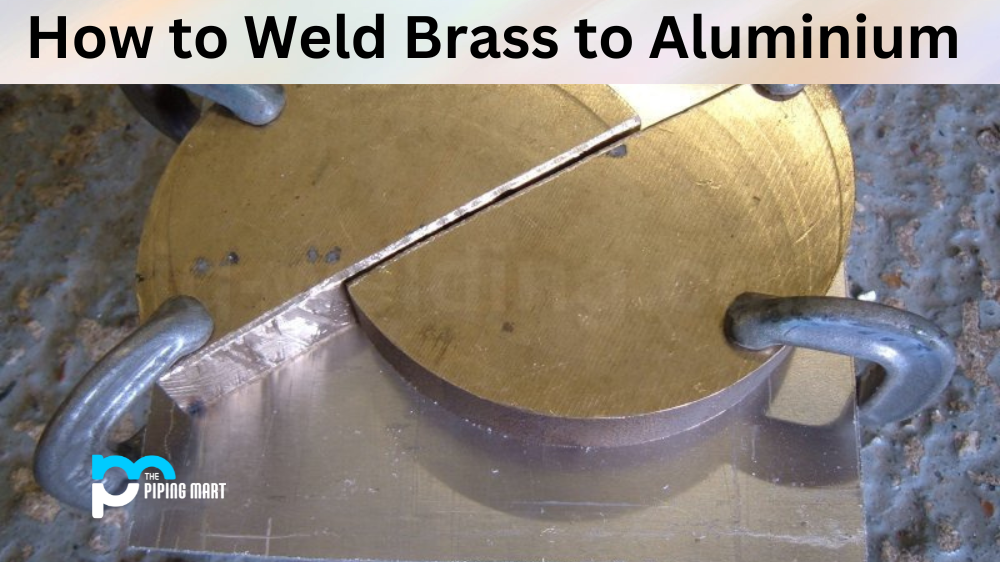There are a few different techniques available when it comes to joining two pieces of copper. The two most popular are brazing and soldering. Both methods require heat to fuse the two pieces and create a strong bond lasting for years. But what is the difference between these two processes? Let’s look at how they differ and why you may choose one over the other.
Difference between brazing and soldering copper
The main difference between brazing and soldering copper is the temperature required to join the parts. Brazing requires temperatures of up to 1150 degrees Celsius, while soldering requires temperatures of up to 840 degrees Celsius. This means that brazing can achieve higher temperatures than soldering, making it ideal for joining metals with higher melting points, such as steel or aluminium. Additionally, brazing uses higher temperatures, so it can also be used for thicker joints than soldering.
Another important difference between brazing and soldering copper is the type of materials used in each process. In brazing, a filler metal is added between the two pieces being joined to bridge them together and create a stronger bond. This filler metal may be brass, silver or even gold, depending on the desired properties and strength needed in the joint. On the other hand, when soldering copper, no filler metal is added, as this would interfere with creating a good electrical connection between the pieces being joined together.
In terms of applications, brazing is often used in plumbing work where high-pressure water lines need to be joined together, while soldering is more commonly used in electronics where low-voltage electrical connections are needed between components such as transistors or resistors on circuit boards.
Brazing
Brazing is a process in which two pieces of metal are joined together using a filler metal with a melting point above 450 degrees Celsius. The filler metal is melted and cooled, forming a strong bond between the two pieces. Brazing is often used to join copper pipes and tubing.
Soldering
Soldering is a process in which two pieces of metal are joined together using a filler metal with a melting point below 450 degrees Celsius. The filler metal is melted and then allowed to cool, forming a strong bond between the two pieces. Soldering is often used to join electrical components.
Advantages of Brazing
Some of the advantages of brazing over soldering include the following:
- The bond formed by brazing is stronger than the bond formed by soldering.
- Brazing can be used to join metals with different melting points.
- Brazed joints are less likely to leak than soldered joints.
Advantages of Soldering
Some of the advantages of soldering over brazing include the following:
- Soldering is easier than brazing and requires less equipment or training.
- Soldered joints can be easily undone if necessary.
- Soldering can join delicate components that might be damaged by the heat required for brazing.
Disadvantages of Brazing and Soldering Copper
Some of the disadvantages of brazing and soldering include the following:
- Brazing and soldering require potentially harmful chemicals, such as lead and flux.
- Brazed and soldered joints are less strong than welded joints.
- Brazed and soldered joints are not suitable for use in high-pressure applications.
Conclusion:
If you’re looking for an efficient way to join two pieces of copper, consider brazing and soldering as possible options. While each process has its own benefits and drawbacks, understanding their differences can help you make an informed decision about which method best suits your application requirements. Whether you’re working on plumbing or electronics projects, knowing when to use either technique can help ensure that your project turns out just right!
Sakshee is a talented blogger, with a particular focus on the Business and Metal Industry. She is passionate about sharing her insights on various metal products and helping professionals to make a better decisions.




